cottonwood tree leaf disease
A wet grayish-brown patch of slime forms on the tree. The larvae burrow into the phloem which can severely damage young or stressed trees.
Small brownish spots appear on infected leaves in late July and early August.

. Canker in cottonwoods can be easily identified by its sunken discolored areas of bark. Cankers first appear as slightly sunken areas on the smooth bark of branches and trunks. Anthracnose Control high risk of spreading the fungal pathogen Identification On sycamore ash maple oak and walnut.
What to look for. The cottonwood tree is a hardwood tree that loses its leaves in the fall. Dothichiza or Branch Canker.
The tree usually dies within two years of infection. There are many foliar diseases of hardwood trees but chemical injury and insects can mimic some of these diseases. Dark sunken cracked cankers form on twigs trunks and branches.
Its a fungus-based disease that affects stressed trees which would include cottonwoods that experienced a late frost. The 3 main species are Populus deltoids eastern cottonwood Populus fremontii Fremonts cottonwood and the Populus nigra black poplar. Two leaf rusts commonly attack cottonwoods in the United States.
Here is a link to the Texas Plant Disease Handbo0k information about cottonwood diseases. The cottonwood tree is a hardwood tree that loses its leaves in the fall. Rust of eastern cottonwood is caused by Melampsora medusae.
The beetle can completely defoliate a cottonwood tree. The fungus spreads across the living bark and wood of the tree. Plant Disease Clinic many other broadleaf trees.
Huge host range. Silver Popular and Cotton Tree Care Issue Two Silver Poplar Tree Diseases. The spots later enlarge and turn blackish are of various sizes and irregular in outline and have a yellowish to golden border.
Leaf spot fungal diseases can make cottonwood and poplar trees look unsightly. These pests can defoliate the cottonwood tree completely killing it but generally. Cottonwood and other poplars willows fruit trees elm conifers spruce pecan.
Signs of an infestation include shoots that turn black shrivel and then die. This tree leaves disease is usually caused by the Rhytisma fungi colonizing the maple family maple proper and sycamore. There are a number of borers which are attack cottonwood and elm.
Leaves drop. Most leaf spot diseases affect only a small percentage of the trees overall leaf area and are a minor stress on the. Are fairly host specific.
The disease causes dieback as the canker kills the bark and creates an oozing resin from the trunk. Cottonwood is indeed susceptible to powdery mildew. Trees - Freeze damage sunburn drought low fertility physical injuries etc.
Although the unsightly leaves and excessive leaf fall can be spectacular they usually cause only minimal growth loss. This slime runs down the bark according to the Utah State University Cooperative Extension leaving a trail of dry scummy residue and discoloration. The cottonwood leaf beetle is 14-inch long.
Leaf spots and blotches appear in the spring later for walnut often following leaf veins. The symptoms start as yellow-green or light green spots in late spring-early summer with added tar-like formations by the late summer. As with many diseases the best route of action is.
Quick facts Leaf spot diseases weaken trees and shrubs by interrupting photosynthesis. Worse in years with wet springs. Black leaf spot is common on aspen and cottonwood.
The danger is intensified in large plantings of a single species and age because rapid buildup of damaging agents can occur. Leaf spot diseases should be taken seriously if they result in moderate to complete leaf. One key to diagnosis is that you will find the fungal growth on both the upper and lower surfaces of the affected leaves.
Leaf spot diseases may become epidemic during a wet spring and summer. The Fremont cottonwood Populus fremontii also commonly known as the western or Gila cottonwood grows across US. It is caused by a bacterial infection that enters through wounds in the bark.
The fungus attacks weakened trees affected by drought late-spring frosts insect and fungi defoliation or trunk and root injury. Occidentalis infects black cottonwood. Callus tissue may form.
Insects and disease organisms are a continuing threat to cottonwood Populus deltoides Bartr especially during the trees first 5 years. However Cytospora spp. This beetle is about 14 an inch long with a black head and thorax and is capable of completely defoliating a Cottonwood tree.
Foliar disease often is a function of weather and little can be done to prevent or treat the disease. Diseases of the Fremont Cottonwood Tree. Several fungi cause leaf diseases on cottonwood throughout its geographic range.
Black leaf spot of aspen caused by Drepanopeziza populi. Leaf beetles are small less than 13 inch and chew on leaves causing the leaves to fade discolor and fall. Opportunistic fungus attacks weak stressed.
This tree leaves disease is usually caused by the Rhytisma fungi colonizing the maple family maple proper and sycamore. A common Cottonwood and Poplar tree disease is Cytospora Canker. Fungal disease caused by.
Department of Agriculture plant. Cottonwood and Poplar Populus spp. Defoliation and twig damage.
There are only a few species of poplar trees that are classified as cottonwoods. Occasionally a severe disease outbreak can cause premature leaf. The danger is intensified in large plantings of a single species and age because rapid buildup of damaging agents can occur.
Other poplars including hybrids are also susceptible to these two fungi.
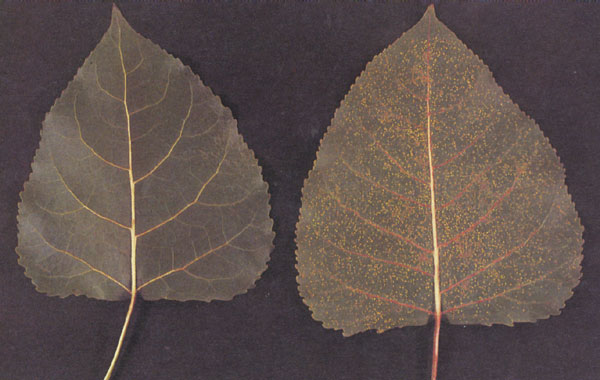
Cottonwood Leaf Rusts Forest Nursery Pests
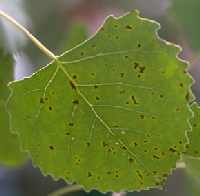
Aspen And Poplar Leaf Spots 2 920 Extension
Cottonwood Tree Leaf Disease 349992 Ask Extension

Disease And Pest Issues Yellowstone Valley Tree Surgeons

Kansas State Tree Cottonwood Cottonwood Cottonwood Leaf Trees To Plant

Field Guide Manual On The Identification And Management Of Poplar Pests And Diseases In The Area Of The Three North 009 Project North Eastern China
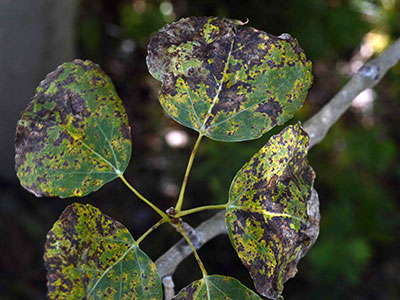
Aspen Cottonwood Leaf Diseases Not Lethal To Trees But Could Impact Fall Colors Colorado State Forest Service
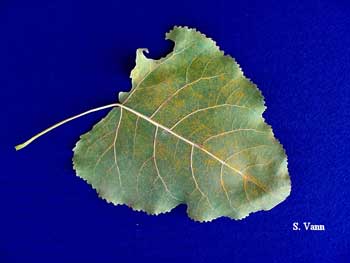
Common Tree Disease Problems Symptoms And Photos Of Tree Disease

Black Leaf Spot Field Guide To Insects And Diseases Of Az And Nm Forests
Diseases Of The Fremont Cottonwood Tree

Diseases And Insect Infections To Watch For In Your Cottonwood And Elm Trees Tree Care Blog Boise Idaho Mountain West Arbor Care
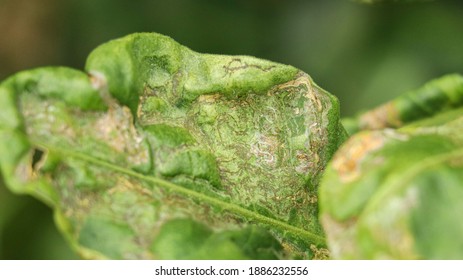
Diseased Cottonwood Tree Images Stock Photos Vectors Shutterstock
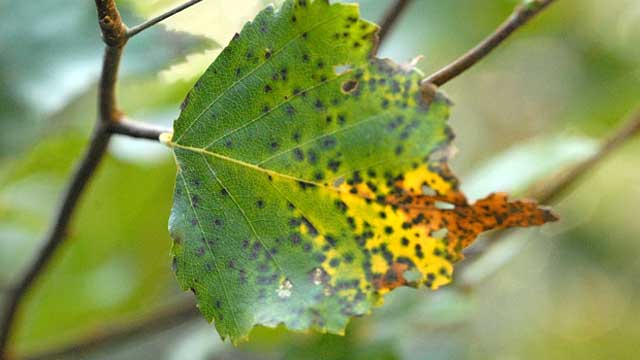
Aspen Tree Fungus Prevention Control 720 248 0000
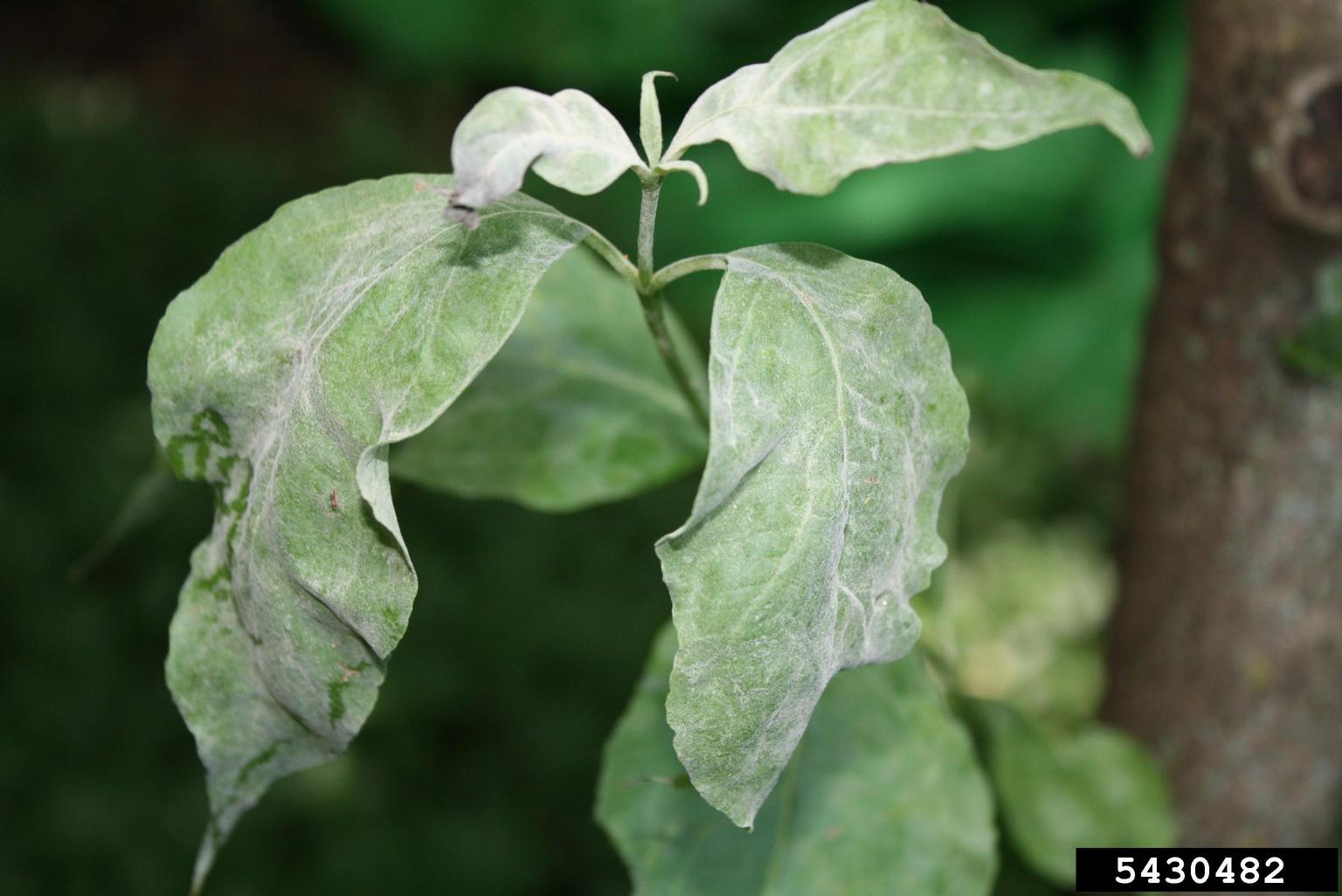
Common Tree Disease Problems Symptoms And Photos Of Tree Disease
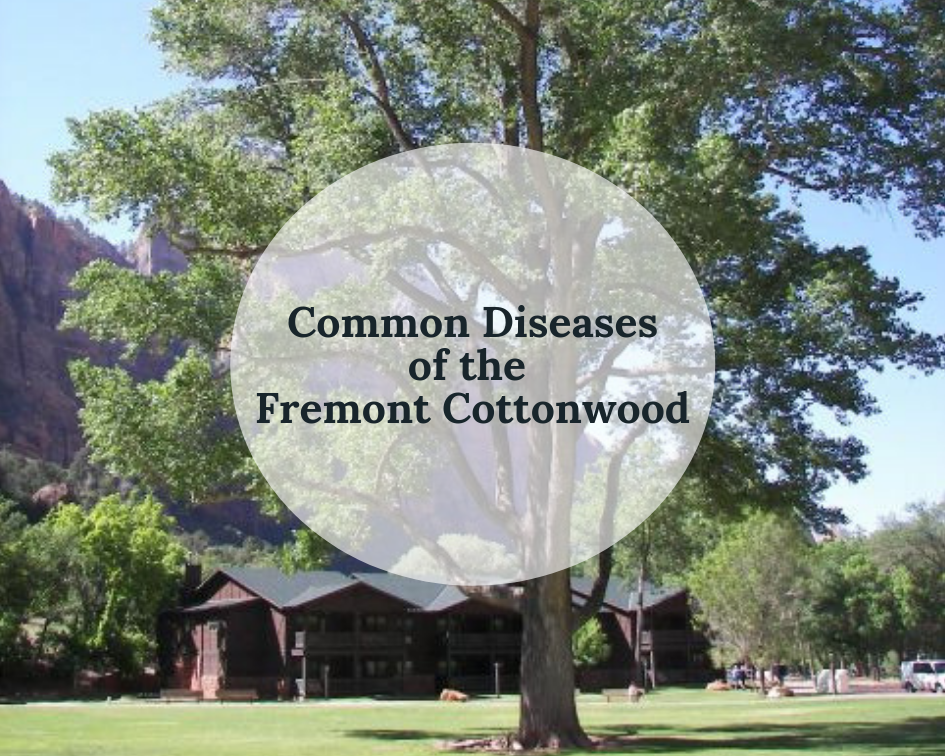
Common Diseases Of The Fremont Cottonwood Tree Gardenologist
Signs And Symptoms Of Cytospora Canker Dieback In Cottonwood And Download Scientific Diagram


